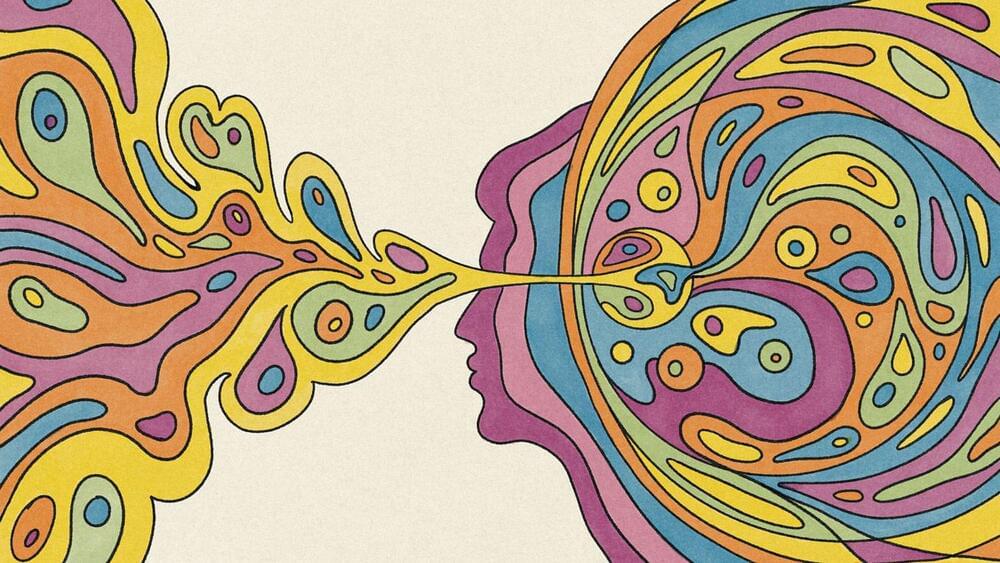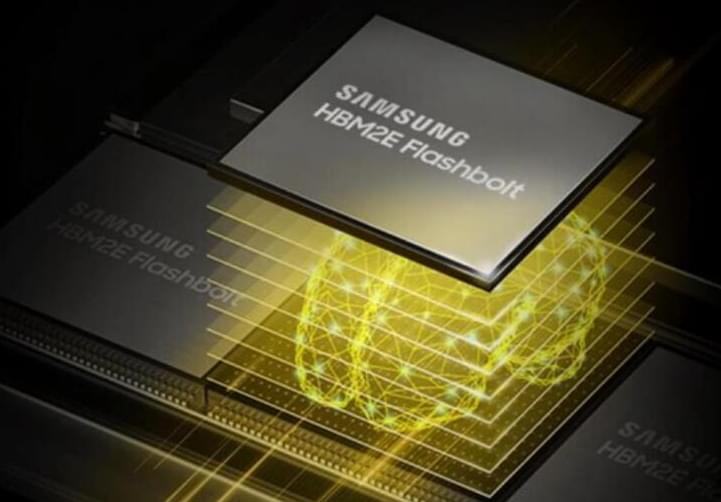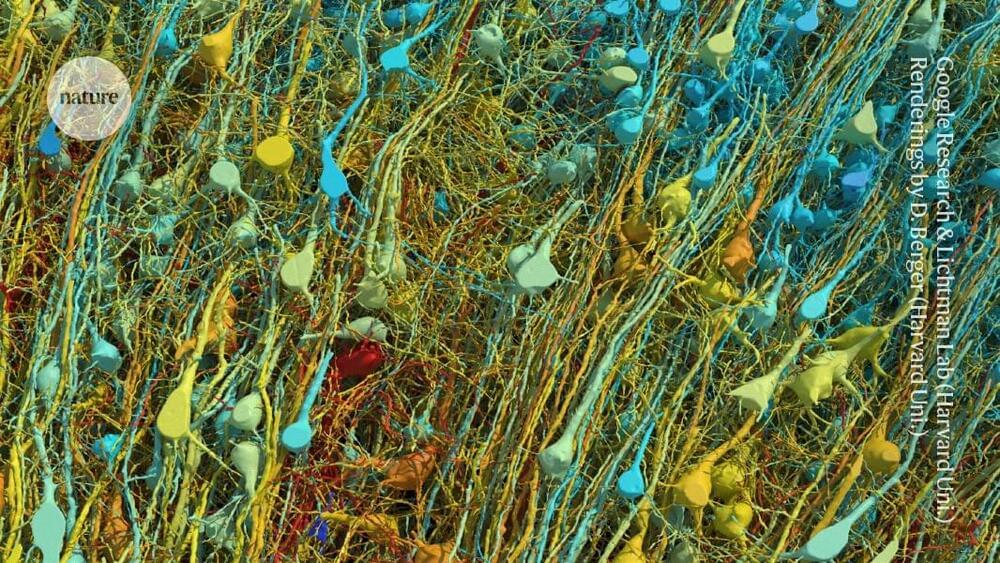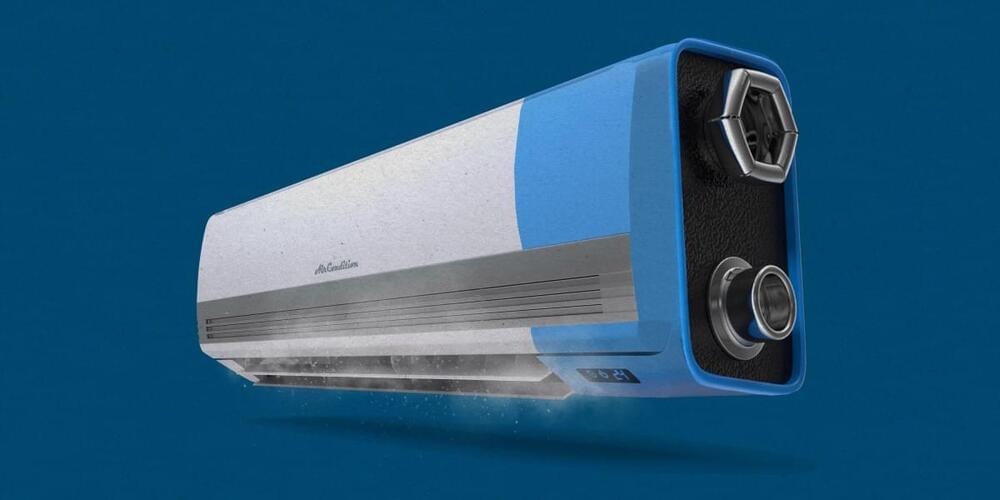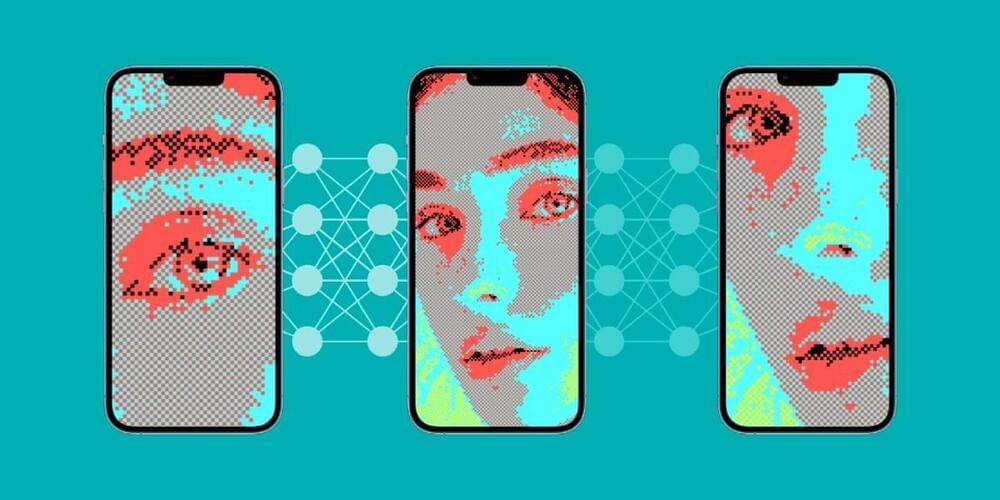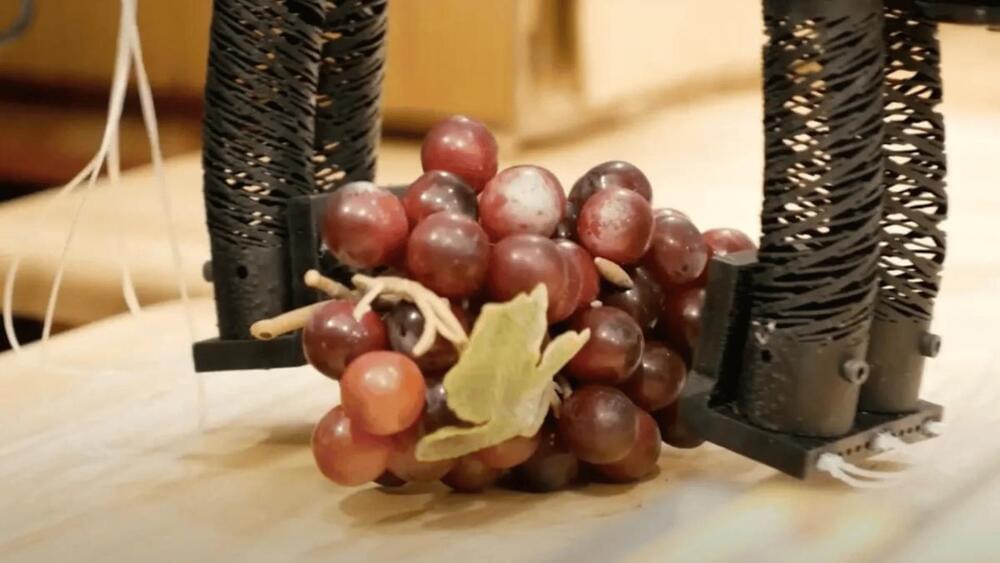Warning: Spoilers for both films, The Matrix and The Thirteenth Floor ahead!
This year is the 25th anniversary of both The Matrix (see my article here) and The Thirteenth Floor (released on May 28, 1999). Both films depict what we now call the simulation hypothesis, the idea that we might live inside a computer simulation. In my college-level class that I teach about the emerging field of simulation (titled Simulation Theory: Sci-Fi, Technology, Religion and Philosophy), while The Matrix is the first sci-fi film I assign to my students, the second one is The Thirteenth Floor. While The Matrix is by far the most recognizable popular media depiction of the simulation idea, on this anniversary I am arguing that The Thirteenth Floor may be a better and richer representation of a number of aspects of the simulation hypothesis than even The Matrix.

